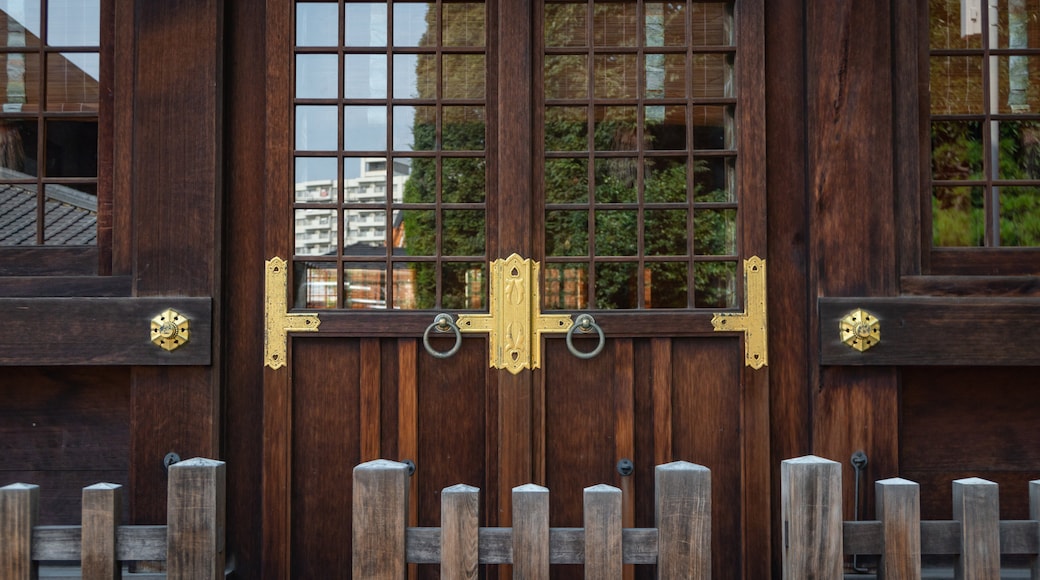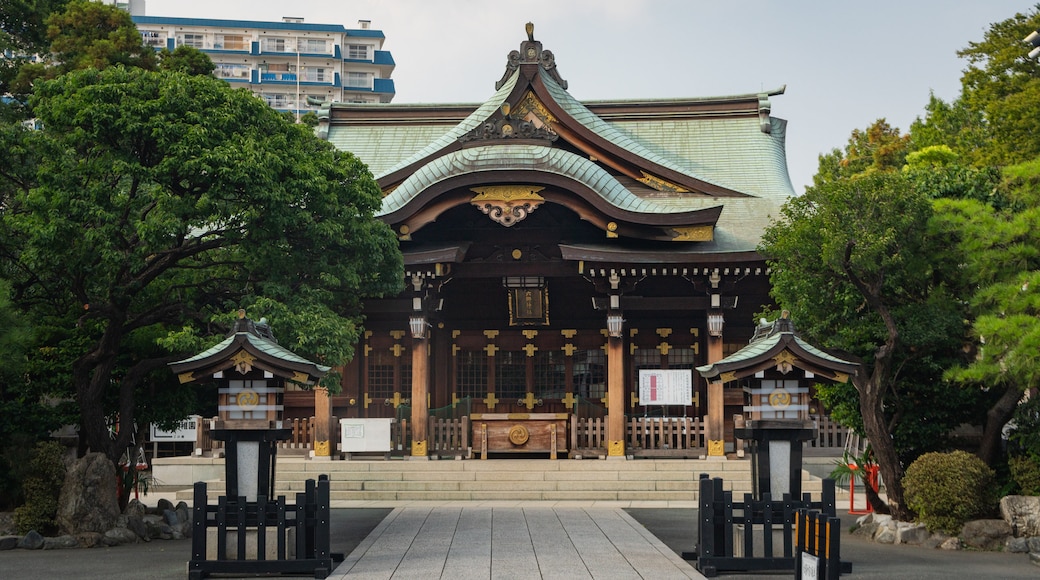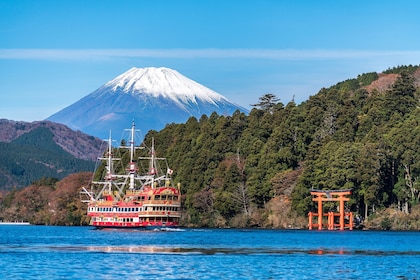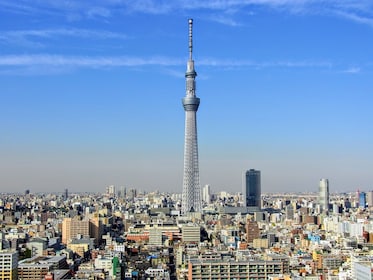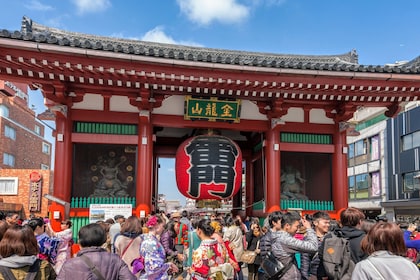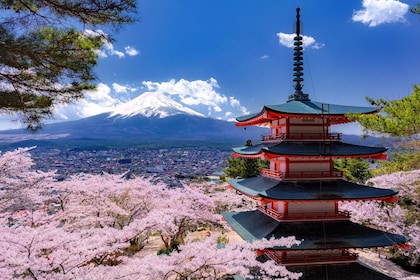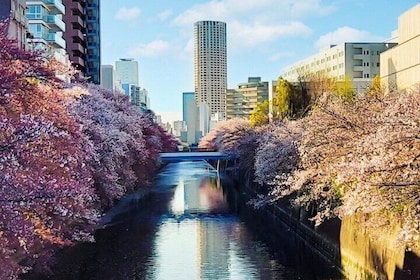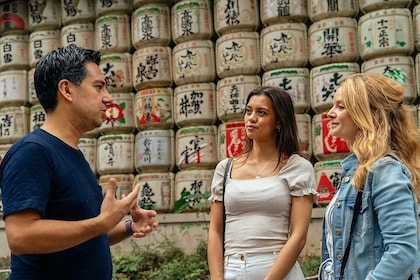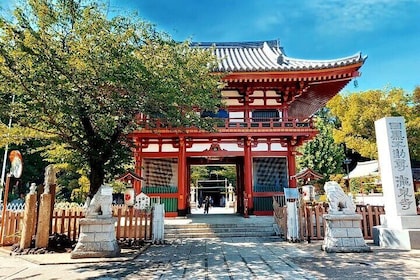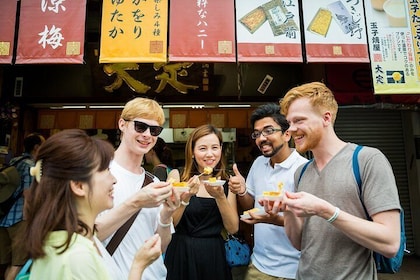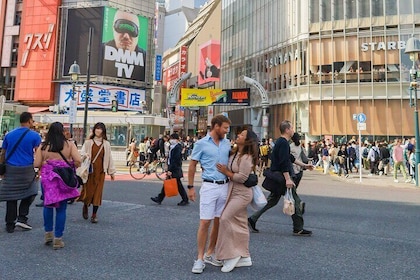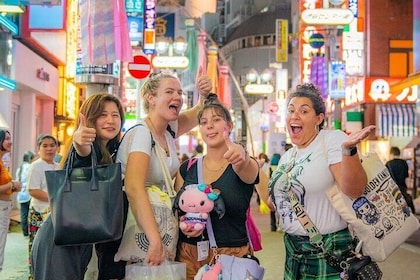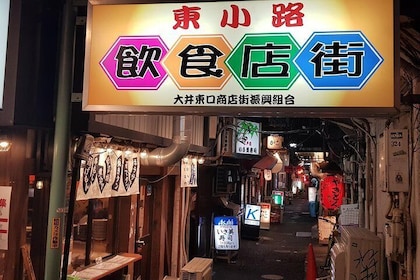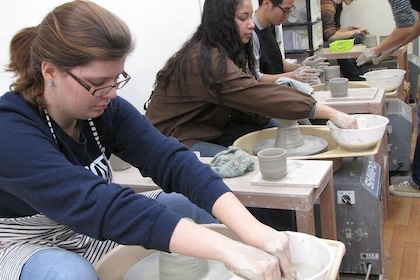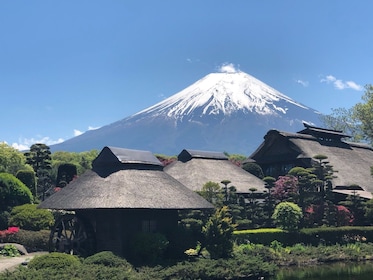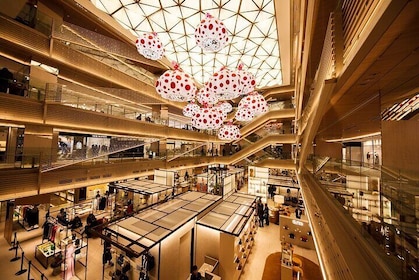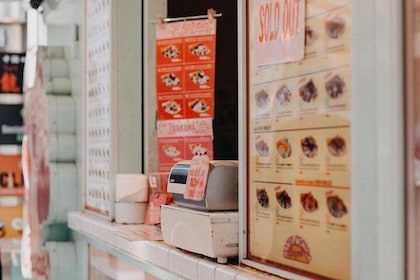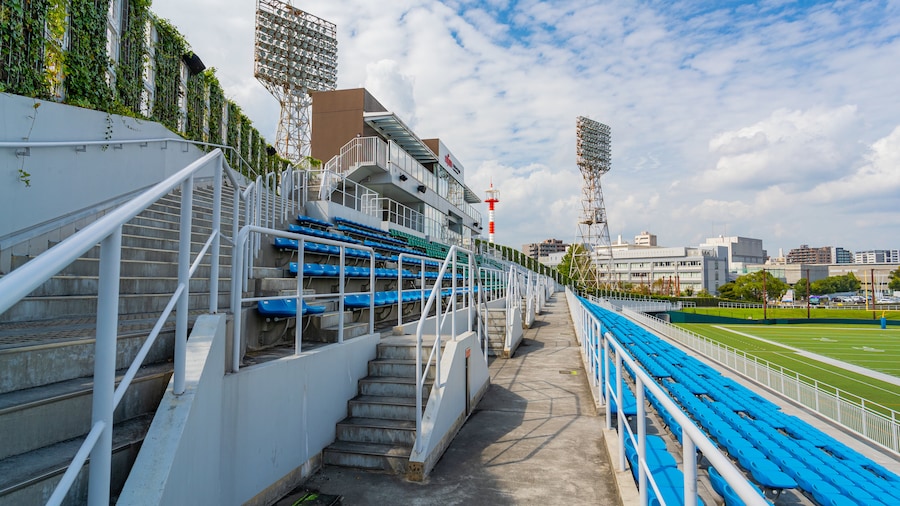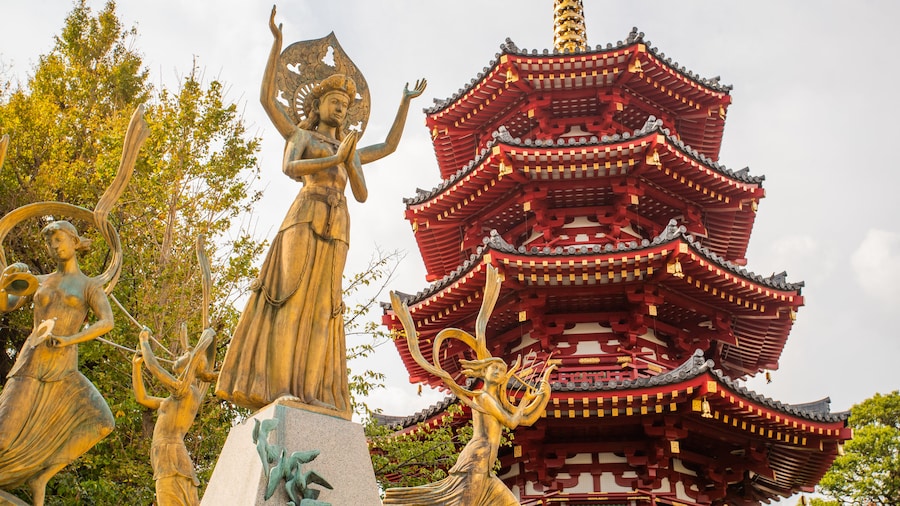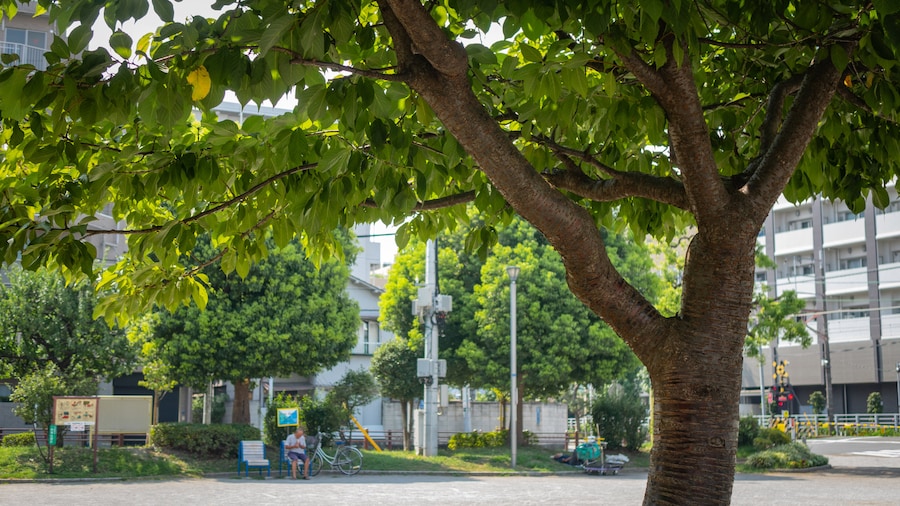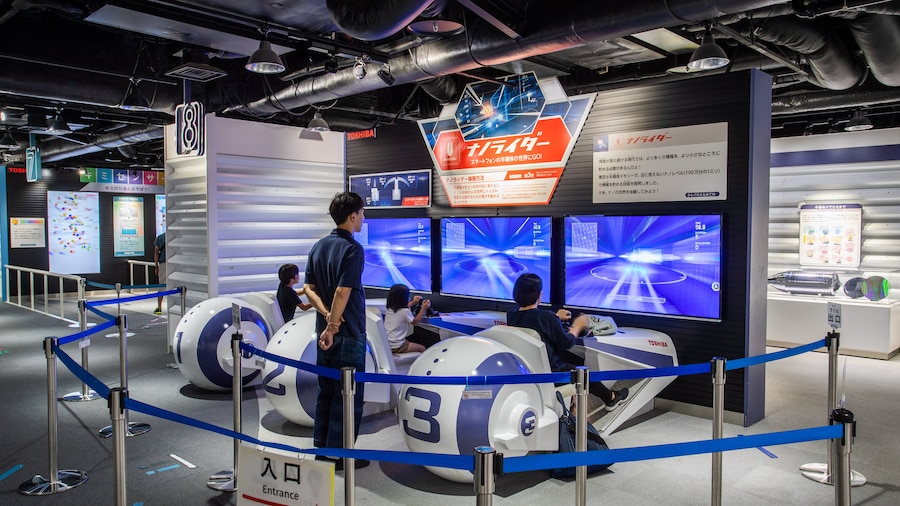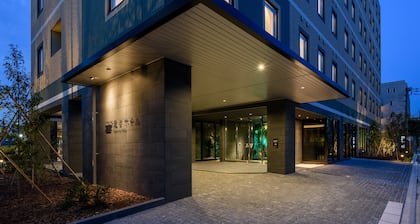Signs of children’s play are all over Rokugo Shrine, from the laughter that wafts through the air from the nearby kindergarten to the child-focused religious activities that mark its calendar. The shrine is dedicated to Hachiman, the protector of Japan and the god of war and archery, which has made it popular with warriors and samurai. Once a center of activity for its proximity to a former ferry to Kawasaki on the other side of the Tama River, the shrine is now mostly frequented by locals. Come here to have authentic cultural experiences.
Approach the shrine from down the narrow streets. Notice first the fiercely protective lion-dog statues that guard the entrance, framing an imposing gate that looms above. Pass through and enter into the open courtyard, which feels like a breath of fresh air after the sometimes cramped atmosphere of the nearby streets. Admire the main building, an elegant Heian-period structure made of richly detailed dark wood and decorated with paper lanterns.
Wander along the shrine’s paths, which wind between different auxiliary shrines. Search for smaller lion-dog statues hiding in the bushes. Look for a stone hand-washing trough, said to have been a gift from the 12th-century founder of the Kamakura Shogunate. Take advantage of tiny alcoves to sit in contemplation, with only the twittering of birds and the occasional child’s shout to disturb the stillness.
Rokugo Shrine is embedded in its neighborhood in southern Ota Ward, not far from the bend of the Tama River. Walk here in 8 minutes from the closest rail station. Reach the shrine in 30 minutes from Haneda International Airport or in 1.5 hours from Chofu International Airport. Walk to the nearby Tamagawa Rokugo Bridge Green Space, which follows the flow of the river. Rokugo’s main shopping district is a short walk north. The parking lot next to the shrine can be crowded, especially on festival days.
The shrine is open for silent contemplation at all times, but attendants are present to greet visitors only during daylight hours.

